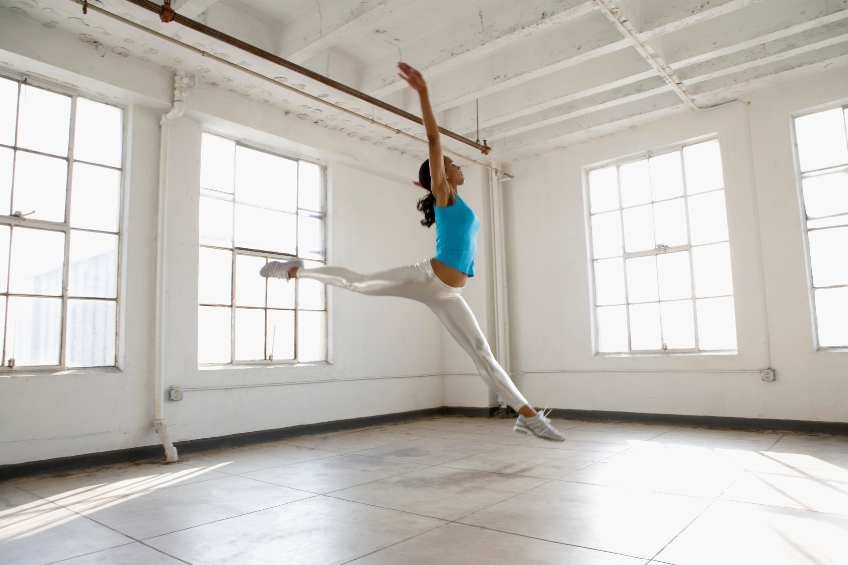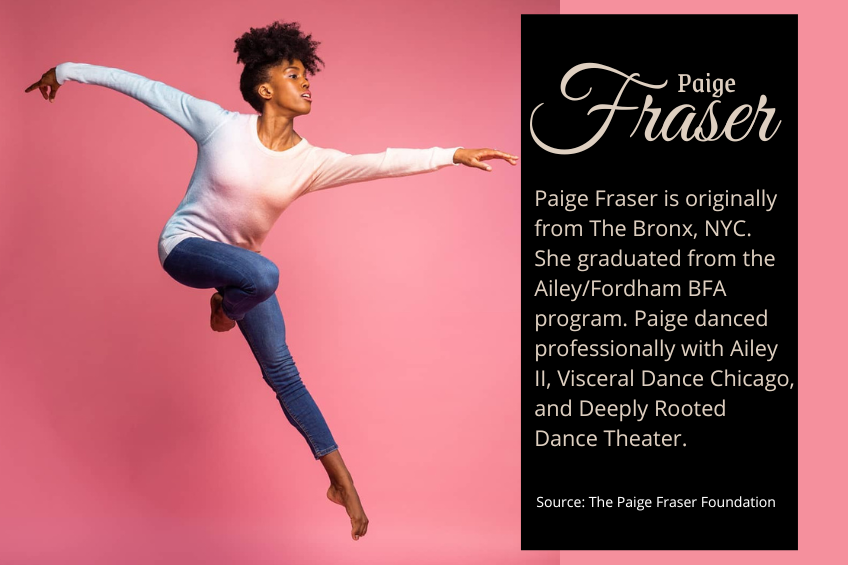“Do you know that you have scoliosis?”, Aunt Margie’s internist asked her during a routine checkup while he was running his cold stethoscope down her back? Aunt Margie was speechless and remained silent. No, Aunt Margie is not younger than I, nor is she an aunt who was born as a child of older parents. She is not a preteen who is being routinely checked for adolescent idiopathic scoliosis, but she is an adult whose spine is not aligned correctly. No, she is not in her thirties, nor is she in her forties approaching middle age, but a senior citizen in her seventies who is being told by her doctor that she has a spinal abnormality.
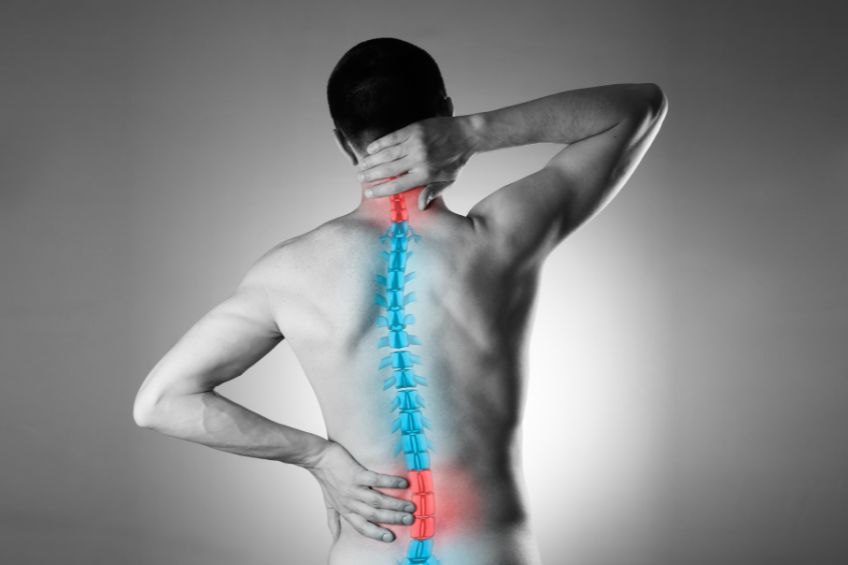
Children and preteens today are usually routinely checked in schools or for sure at their annual doctor’s visit for symptoms of adolescent idiopathic scoliosis. Depending on the severity of the curve which is checked with accurate measuring tools such as x rays and the Cobb angle, the scoliosis specialist will determine if the patient needs a special scoliosis brace or some routine physical therapy. There are definite criteria for the percentage of curvature that determines if the scoliosis is identified as minimal, moderate, or severe. (If the Cobb Angle test results in a curvature of ten degrees or more it is called scoliosis.)
In general, scoliosis is thought of as a condition that affects adolescents. The rate of scoliosis in this age group is from two to four percent and surprisingly the estimate for adults is between twelve and twenty percent. In a study of healthy adults over sixty years of age, scoliosis was found to be sixty-eight percent. Problems such as leg numbness, neck pain and sciatica can be attributed to undiagnosed adult scoliosis.

There are different types of adult scoliosis, including, adult degenerative (de novo), adult idiopathic or arthritic, and neuromuscular scoliosis. Sometimes there is a remnant of childhood scoliosis which is named adult idiopathic scoliosis. Then there is scoliosis that is connected to surgery or sickness or even trauma. (Back problems that are due to trauma are successfully treated with psychological methods such as the Sarno approach.)
Arthritic Scoliosis
Aging and bone deterioration are responsible for degenerative/arthritic scoliosis. This condition is linked to osteoarthritis and declining bone density when the bones become brittle and break easily. Arthritis causes inflammation of the spinal joints which results in spinal tension deterioration. Any joint in the body can be affected by arthritis and this includes the spinal joints which are hinged-like parts of smaller joints that are located between the vertebrae of the spine. When joints are normal and healthy, they will support the spine letting it move in all different directions such as bending, twisting and stretching to name a few. When there is erosion and inflammation of these joints it is referred to by the medical term, Facet Joint Disease. As a person ages the spinal discs that lie between each of the vertebrae get thinner causing the person to be in pain since there is little cushioning of the weight which ends up bearing down on the facet joints. “The facet joints are the connections between the bones of the spine. The nerve roots pass through these joints to go from the spinal cord to the arms, legs, and other parts of the body. These joints also allow the spine to bend and twist, and they keep the back from slipping too far forward or twisting without limits”.
When we see an otherwise healthy looking senior with postural issues this is a sign of degenerative scoliosis. Some symptoms that you would notice is the person’s shoulders and hips are uneven, not being able to straighten up entirely and a person’s height looking reduced. At first the person may not feel physical pain since the pain of degenerative scoliosis develops slowly. It first begins with a light or dull ache in the lower back and increases in intensity when the person increases their physical movements. Sometimes the pain is worse upon waking and improves over the day if the person reduces their activities but standing for especially long periods can increase the pain since the person’s weight is put on the facet joints. Sometimes if the person leans forward the pain will subside, but this relief is only for people with mild scoliosis.
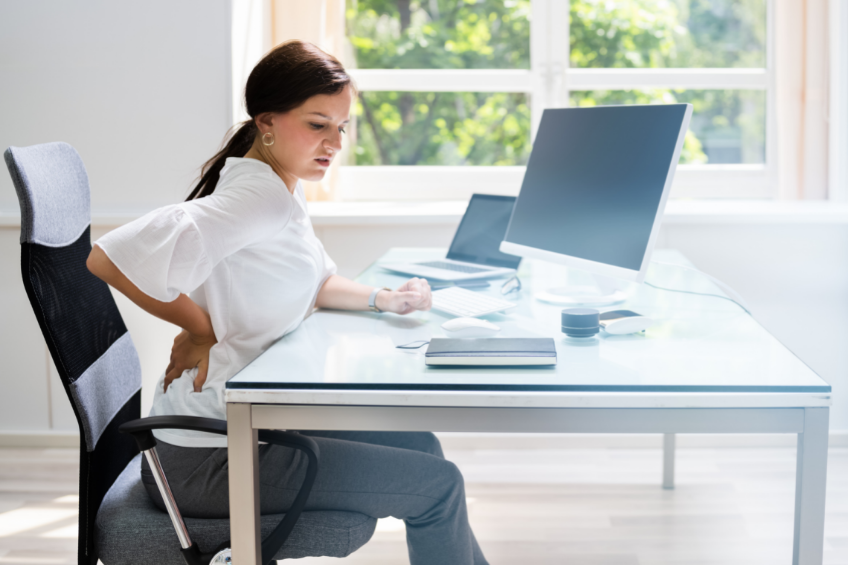
When the spinal canal in the lumbar area (the five main bones of the lower back that are fused together) narrows it will squeeze the nerves located there and this causes leg cramps and pain even during short walks.
When a senior is walking with a severe curve up to ninety degrees, he or she can resemble the Hunchback of Notre Dame. Called kyphosis, this condition is very serious since it causes balance issues and the pushing of the ribs against essential body organs. For instance, if the kyphosis causes the ribs to press against the chest the person’s breathing will be affected in a critical way.
It may surprise you to read that even our brain will be affected by scoliosis especially if the neck is involved. Tension headaches and even migraines can develop since the recirculation of cerebrospinal fluid which flows around the brain simultaneously feeds vital nutrients and cushions the brain.
Neuromuscular Scoliosis
As we have learned, not only are the bones and joints affected by scoliosis but the nerves of the person as well. The term pins & needles is loosely used to explain the icy-hot or tingling feeling in our arms and legs. As the pain radiates from one part of the leg or arm to the other the sensation increases. With the younger set this is just due to a lack of circulation after keeping the arm or leg in one position too long. However, with older individuals who have neuromuscular scoliosis the feeling will not necessarily come back that easily. (This is called radiculopathy.) The muscles pull against the spine causing this tingling and numbness which comes and goes day to day and hour to hour. The mere shaking of the hand or foot will not remove these symptoms since they are related to adult scoliosis and need to be treated either with medications, physical therapy and sometimes surgery. Unfortunately, surgery is not an assurance of a cure since neurological back surgery is quite complex and most experts are not even sure if you should consult an orthopedic or a neurological surgeon.
The pain of neuromuscular scoliosis is sometimes associated with a malady called spinal stenosis. Many medical experts believe that most older people have some form of this condition that manifests itself in different ways. If a senior has mild neuropathy (numbness, tingling and weakness in the legs) they can deal with it, however, if the spinal stenosis affects the person’s ability to walk then they will be advised to have medical intervention. This article will not deal with scope of this response; there are various opinions on how to deal with spinal stenosis.
What To Do if You Have the Symptoms Described Above
Each of us knows our own pain level and each person has a different pain tolerance. Some people prefer to not have Novocain for a cavity filling. They say that for the five minutes it takes it is just not worth it to have their mouth numb and to risk biting their lip or worse, their tongue. ( I actually know someone personally who bit off a small piece of their tongue after a dental procedure, and thank goodness it grew back.) Others, want to go to sleep for a mere teeth cleaning. However, if you or someone you care about has scoliosis symptoms that manifest themselves in poor posture that can affect their health or severe pain and trouble walking and standing, they should surely be checked out.
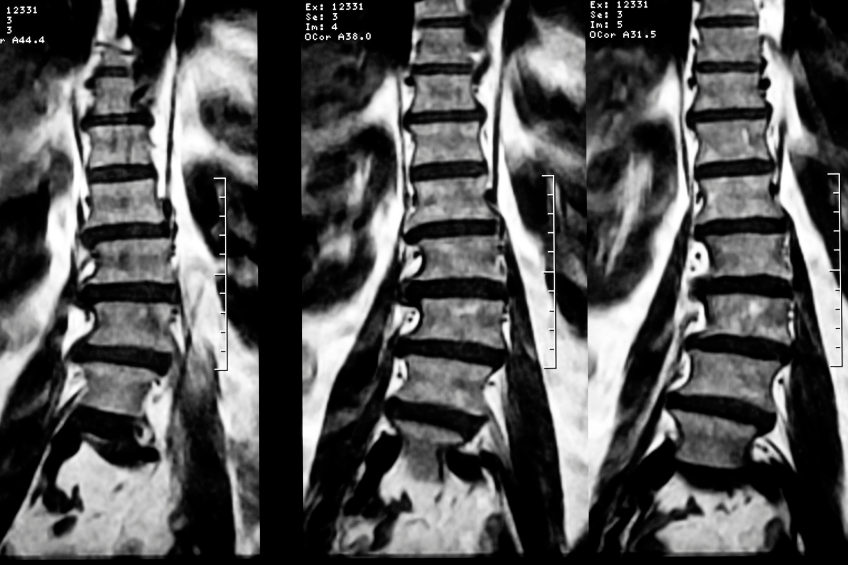
If you are experiencing some of the symptoms we described or other indications such as digestive issues and difficulty dealing with the symptoms emotionally then a trip to the doctor and x-rays are crucial next steps in determining if you have scoliosis. Other screening methods are not as effective as x-rays since this will be the first step in determining what exactly is wrong with you. Unlike an adolescent, an adult is not typically fitted with a brace because you cannot change the structure of the adult skeleton as you can with younger patients. By the way, therefore it is so crucial to get a child or adolescent checked out immediately if scoliosis is suspected.
The purpose of treating adult scoliosis is entirely unrelated to treating adolescent scoliosis. While the main goal with children and adolescents is to prevent the advance of the condition, with adults the goal is to reduce pain and restore physical functions such as leaning forward and reestablishing balance.
Final Words
Some seniors are fatalistic about their aging. To those unfortunate sufferers, becoming bent and broken are just par for the course of getting old. This is a pity because in this day and age there is lots to be done for people who experience different types of back problems. Yes, it’s true that not every back symptom can be cured but many can be controlled by competent medical authorities. The first dimension is to find a qualified doctor who will make a diagnosis for you. If you are already at an advanced stage of scoliosis where your walking and posture are majorly affected, it is still not too late to get help to avoid having your breathing and digestion affected by your posture.
If you are diagnosed with adult scoliosis your treatment will depend on how far it has progressed. You will be x-rayed and sometimes given the Cobb angle testing depending on how the scoliosis has manifested itself. Don’t give up or give in to this serious condition because there are quite a few options out there to help you.


